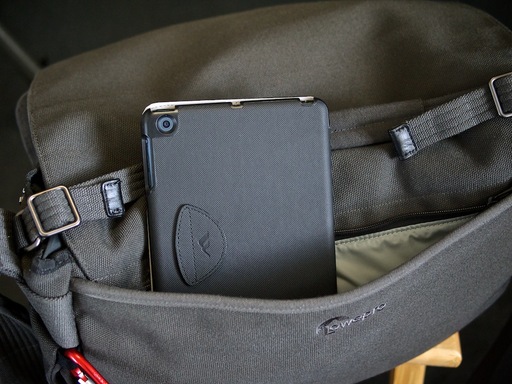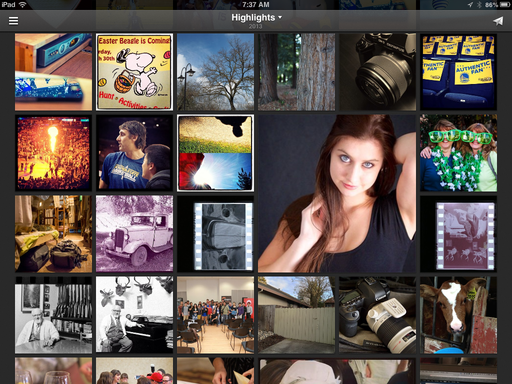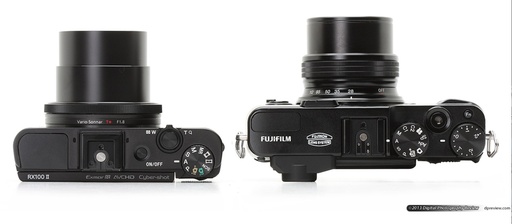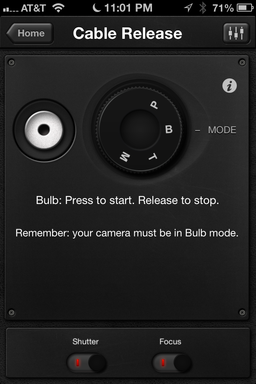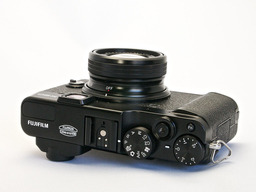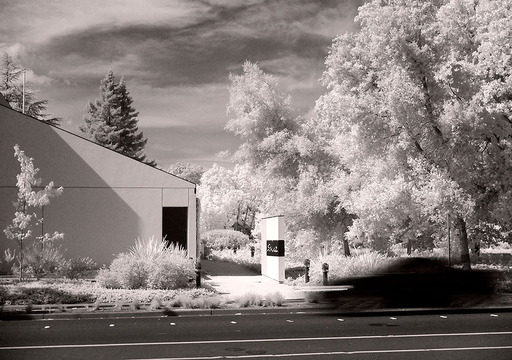For the May 2013 Photo Assignment, TDS shooters fixed their lenses on the delicious world of food photography. See for yourself in our gallery, Food. And which one will be the SizzlPix Photo Assignment Pick of the Month?
"I was born and raised in Italy and of course love Italian food," writes Sergio Burani. "This image was made on the stove of my kitchen. My objective was to highlight the fresh ingredients: cherry tomatoes, basil, olive oil, "penne" - cooked "al dente" of course!"
For the recipe, go to EatGoodCarbs.com. See all of the great images from this month's assignment by visiting the Food gallery page.
Participate in This Month's Assignment
The July 2013 assignment is "Duality." Details can be found on the Member Participation page. Deadline is July 31, 2013. No limit on image size submitted.
Please follow the instructions carefully for labeling the subject line of the email for your submission. It's easy to lose these in the pile of mail if not labeled correctly. For example, the subject line for this month's assignment should be: "Photo Assignment: July 2013." Also, if you can, please don't strip out the metadata. And feel free to add any IPTC data you wish (These fields in particular: Caption, Credit, Copyright, Byline), I use that for the caption info.
Gallery posting is one month behind the deadline. So I'm posting May 2013 at the end of June, the June gallery will be posted at the end of July, and on and on.
Good luck with your July assignment, and congratulations to all of the fine contributors for May.
Want to Comment on this Post?
You can share your thoughts at the TDS Facebook page, where I'll post this story for discussion.
iPad for Digital Photographers
If you love mobile photography like I do, then you'll enjoy iPad for Digital Photographers-- now available in print, Kindle, and iBooks versions.


